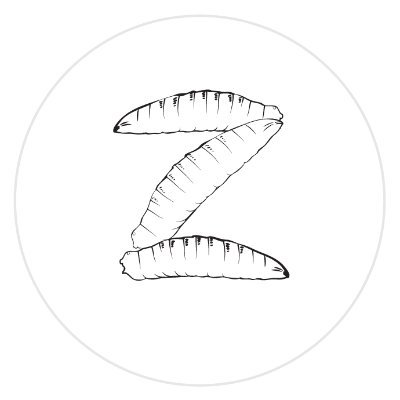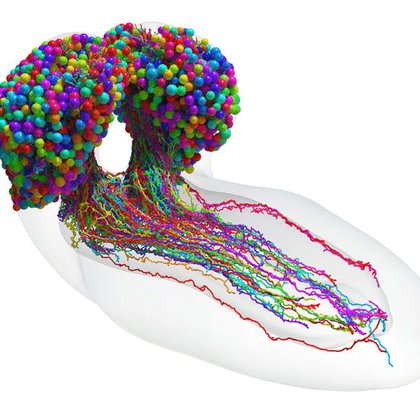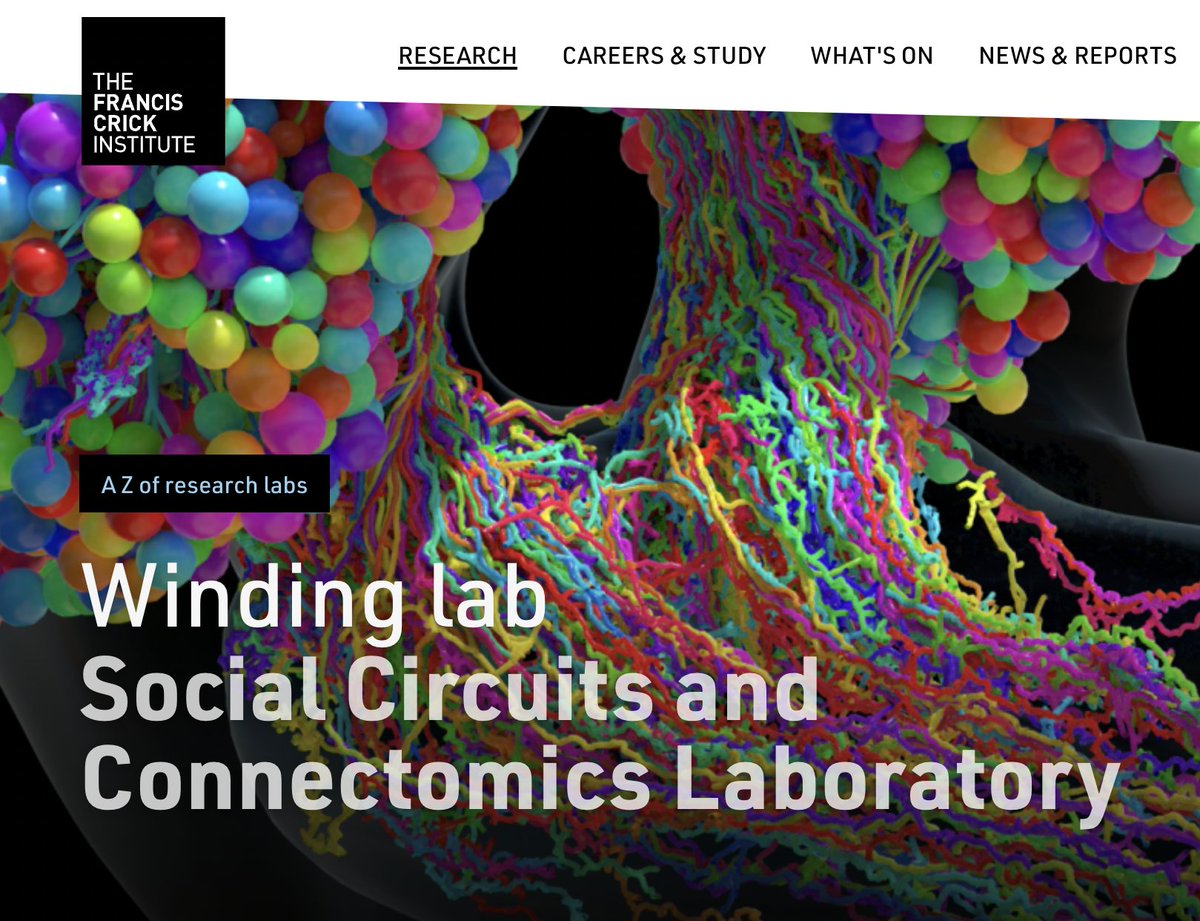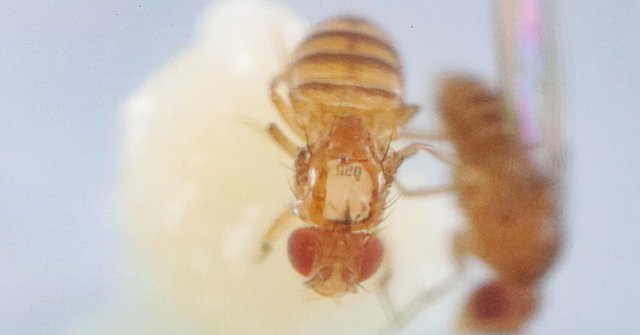
Zlatic Lab
@ZlaticLab
Followers
401
Following
136
Media
3
Statuses
58
Deciphering circuit mechanisms of learning and action-selection at @MRC_LMB
Joined December 2020
👋 It is out! Our joint effort to create a complete synaptic connectome of Drosophila larval brain came true and is published in @ScienceMagazine: Amazing work by @WindingMichael, @bpedigod + colleagues from @MRC_LMB @Cambridge_Uni @HopkinsEngineer @JHUBME.
science.org
A synaptic-resolution map of the neural circuits of a Drosophila larval brain reveals its connection types, neuron types, and circuit motifs.
6
74
249
RT @Nature: Scientists have generated the first complete map of the brain of a small insect. The map shows all 3,016 neurons and 548,000 sy….
0
48
0
RT @WindingMichael: We’ve generated a synapse-resolution map of an insect brain, includes 3016 neurons and half a million synaptic sites! O….
0
402
0
RT @Cambridge_Uni: How does the brain work? 🧠. Today, scientists reveal the first complete brain wiring map in a relatively complex animal.….
0
27
0
RT @bpedigod: Our work studying the connectome of an insect brain, that of a Drosophila larva, is out today in Science! .
0
37
0
RT @HopkinsEngineer: More coverage of @neuro_data and @ZlaticLab's groundbreaking work, out today in @ScienceMagazine.
0
2
0
RT @drosophilosophy: ok. i've peaked. it's all downhill from here. i was interviewed as the "expert not involved in the study" by GIZMODO (….
gizmodo.com
Over 12 years, researchers mapped all of a larval fruit fly's brain, charting 3,016 neurons and 548,000 connections. It's big news for neuroscience.
0
8
0
We would like to cordially thank to @albertcardona, Carey Priebe, @jovo, Volker Hartenstein, Richard Fetter and their labs and @HHMIJanelia for all the support on this journey 🙏.
1
1
5
Good luck @WindingMichael 🥳 We'll miss you. .
I am starting my own research group at @TheCrick Institute in London! We will be investigating how neuronal circuits in the brain drive social interactions between animals. I have an immediate opening for a PhD student, apply by 22 March!.
0
0
3
3/3 In addition, our system will enable rapid screening for neurons and circuits that underpin different forms of learning and also has the potential to drive future research in larval taxis, decision-making, and spatial navigation and #memory.
0
0
0
2/3 This stimulation is delivered automatically with high temporal precision and is controlled in either open- or closed-loop. Using this approach, we show for the first time that Drosophila larvae can perform classical #conditioning with no overlap between sensory stimuli.
1
0
2
📢Did you know that we have developed a high throughput training system that allows real-time behaviour detection of freely moving larvae (up to 16) with targeted opto- and #thermogenetic stimulation of tracked animals in #Drosophila?. .1/3🧵
2
5
18
RT @FlyWireNews: Over 50,000 annotations have been added to the connectome by the FlyWire community! . This APL neuron, tagged by @mwpleijz….
0
19
0
RT @WindingMichael: Sneak peek: .We will soon be releasing a complete insect brain connectome! With both brain hemispheres mapped, we can s….
0
189
0
👉 Our new preprint is out on #BioRxiv . It is a comprehensive work between our lab, @albertcardona lab and our collaborators, with our talented postdoc @WindingMichael as a co-first author and also one of the coresponding authors 🥳.
Check out our new preprint: the complete #connectome of the entire #Drosophila larval brain, with all inputs and all outputs, and a comprehensive analysis of feedforward and feedback pathways across both brain hemispheres #Neuroscience
2
13
53
RT @WindingMichael: Check out our new preprint: the complete #connectome of the entire #Drosophila larval brain, with all inputs and all ou….
0
180
0
RT @KellyTHD_Nguyen: What a great week of a lot of exciting science at the first in-person @MRC_LMB symposium since 2019. Congratulations t….
0
5
0
RT @ramdya: @EPFL wrote a nice piece on our latest work developing tools to perform long-term / lifetime-scale recordings of ventral nerve….
actu.epfl.ch
Scientists at EPFL have developed an implantation technique that allows unprecedented optical access to the “spinal cord” of the fruit fly, Drosophila melanogaster. This work can potentially lead to...
0
8
0






